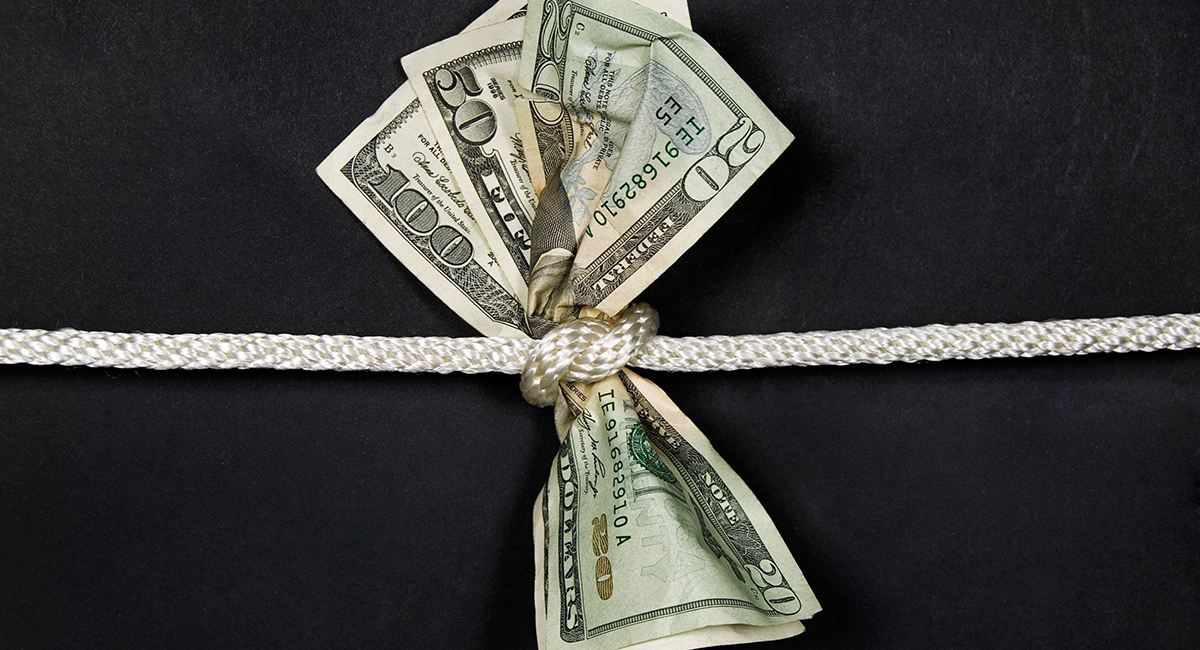Slowly but persistently, inflation is falling. The Bureau of Labor Statistics announced the Personal Consumption Expenditures Price Index (PCEPI) increased 0.2 percent in July. Over the past year, prices are up 3.3 percent overall and 4.2 percent excluding food and energy. The backwards-looking figures, however, don’t give us the best picture of where the economy is headed. Recent data show we’re finally winning the fight against dollar depreciation.
Averaging over the past five months, the PCEPI has grown at 2.16 percent annually. For three months and one month, the figures are 2.0 percent and 2.4 percent, respectively. The Federal Reserve’s inflation target is 2.0 percent. As William Luther recently argued, it looks like inflation is back on target.
Some members of the Federal Open Market Committee, which is responsible for setting the Fed’s interest rate target, want to hike rates further. They should reconsider. The current target range is 5.25-5.50 percent. Using the largest of the annualized inflation figures (2.4 percent), that translates to a real (inflation-adjusted) range of 2.85 to 3.10 percent.
We need to compare the real federal funds rate target range to the natural rate of interest: the short-term price of capital consistent with maximum sustainable resource use. Economists at the New York Fed estimate the natural rate of interest is between 0.58 and 1.14 percent. Hence, the policy rate is significantly above the natural rate, suggesting monetary policy is already quite tight.
Monetary data confirm the contractionary state of Fed policy. The M2 money supply is shrinking at 3.89 percent annually, likely due to financial disintermediation. Broader monetary aggregates, which weigh the components of the money supply by their liquidity, are also contracting. The Divisia figures for M3, M4 less Treasuries, and M4 with Treasuries are falling between 1.92 and 2.69 percent annually.
In theory, an average inflation target would require less-than-2-percent inflation for some time to offset the two years of more-than-2-percent inflation we just experienced. In practice, this will never happen. The Fed’s target is asymmetric: It’s willing to tolerate higher (even significantly higher) inflation, but not lower inflation. There is no returning to the pre-pandemic trend for the price level. We’re left with permanently higher prices. Hopefully, the Fed continues to bring inflation down gradually.
The current course-correction is encouraging, but we can only give the Fed so much credit. The central bank is to blame for the 40-year-high inflation, after all. Adopting the flexible average inflation target in August 2020 was a mistake. Because the target is asymmetric, there’s now more uncertainty in long-run forecasts of the purchasing power of the dollar, not less.








